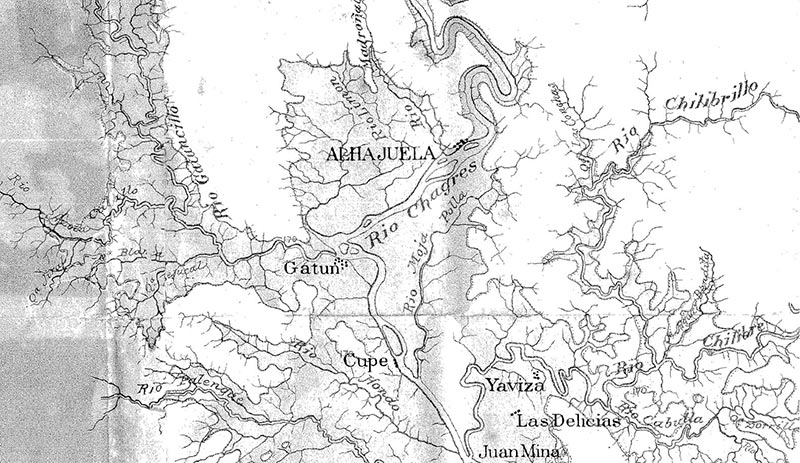Madden, a vital dam for the Canal
The need to reserve water before the dry season, control floods, optimize transits thanks to an additional reservoir, and increase […]
The need to reserve water before the dry season, control floods, optimize transits thanks to an additional reservoir, and increase hydroelectric generation were the facts that allowed the construction of Madden Dam.
The idea for the dam, conceived since the late 19th century, took shape in April 1928, when a committee of Canal engineers consisting of R. Z. Kirkpatrick, Geo. W. Green, A. C. Carrington and E. S. Randolph, submitted a report detailing the analysis of its design, construction, hydroelectric generation and possible water leakage.
Originally, the name was Alhajuela (in reference to the adjacent town). In 1928, a resolution in the U.S. House of Representatives requested a change in the name to Madden, in honor of Congressman Martin B. Madden, who managed the funds for its construction.

The name Alhajuela, with the interspersed “h”, is correctly used by the official sources of the Panama Canal, since most of the external media use the name Alajuela. However, 19th century maps show that the name of the nearby town was Alhajuela, and this article aspires that the name in question be formally used nationally and internationally.
On June 15, 1931, bids were invited for the construction of the dam, in Washington, D.C., in which several firms participated, awarding the contract to W. E. Callahan Construction Co., St. Louis, Missouri, and Peterson, Shirley & Gunther. The bid was for $4,048,657, and was awarded on September 12, 1931. The designer of the dam was E. S. Randolph. Construction began on October 13, 1931, and was completed in February 1935.
A total of 10.54 hectares of forest were cleared in the surrounding area, and in the reservoir area an extension of 42.29 hectares of virgin forest (today part of the Chagres National Park) was cleared. In addition, the road connecting Gamboa and Chilibre was built, as well as the Madden dam. The functions and benefits of this impressive work are still in force today.